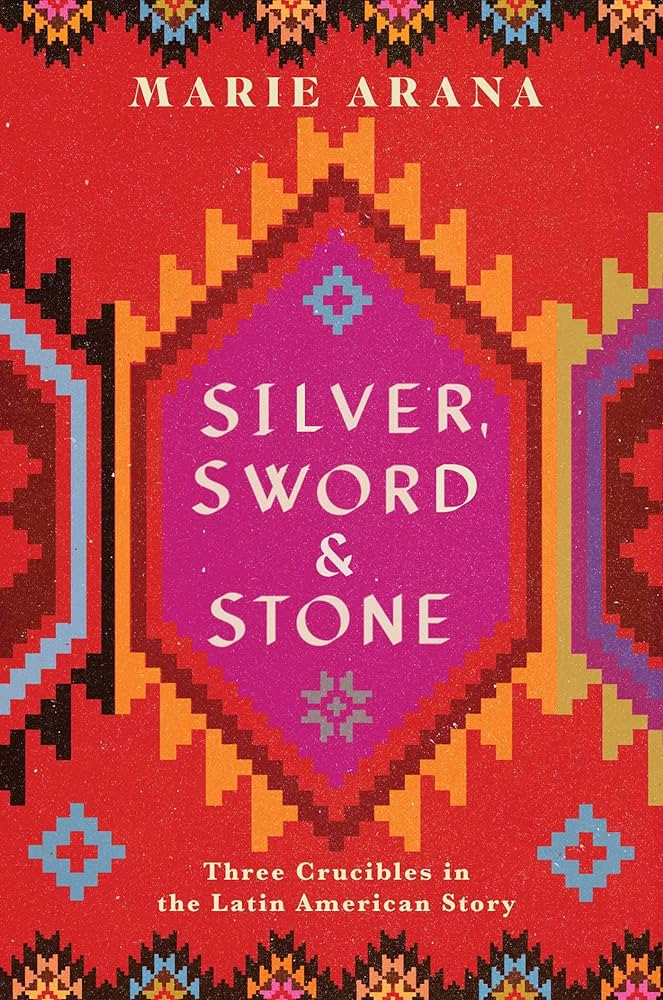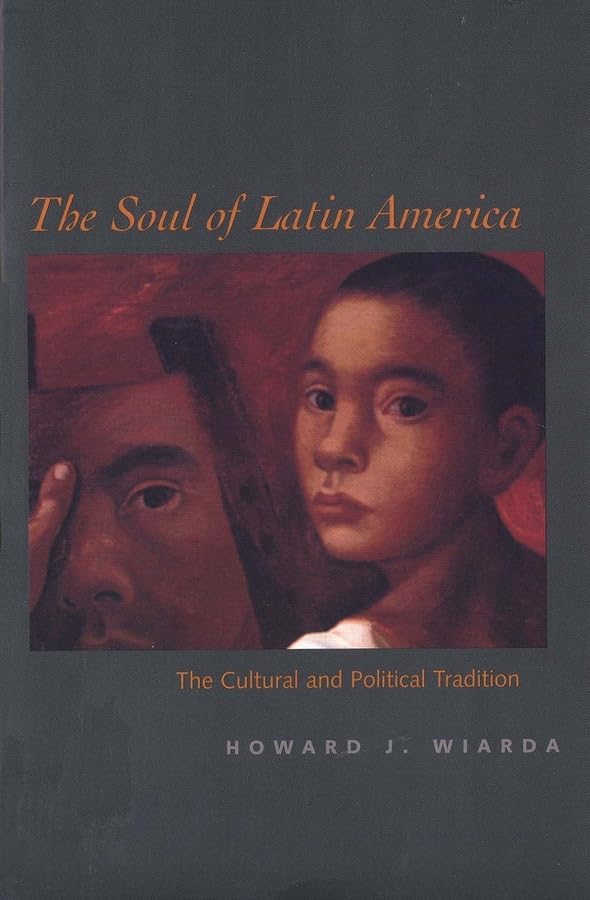Silver, Sword & Stone
Latin America can be considered to be a museum of human thoughts. Various ideologies, such as European religions, or communism, can all be found in contemporary Latin America. Through the collision and fusion of thoughts from different regions and eras, Latin American culture and reality can be seen as a microcosm of human culture. In Latin America, there can be affluent neighborhoods similar to Beverly Hills, as well as sprawling slums similar to those in Cape Town, South Africa.

The cover of this book poses a question, 'Why is Latin America so different from other regions in the world?' Through the life experiences of three ordinary people in Latin America, the author connects three forces that have shaped Latin American history and culture over millennia: silver, sword and stone. Silver represents human greed for wealth and the exploitation of the underprivileged by those in power. This greed and exploitation, in turn, give rise to enduring violence, referred to by the author as the sword. The stone, representing religion or culture, plays a dual role. Latin America has witnessed priests who carried guns to make revolutions, and violent incidents that forced indigenous people to convert their faith.

These three forces have molded Latin America's past and present. However, after reading, one may realize that these forces have been shaping human societies for thousands of years. Exploitation, violence, and culture are giants that drive history in different regions and eras. So, the real answer to the initial question, 'Why is Latin America so different from other regions?' might be that Latin America is not really different at all. Latin American culture is a microcosm of human culture, equally displaying its most ugly and beautiful aspects. Perhaps it's because Latin American culture is a microcosm of human culture that people from different cultural backgrounds can be touched by it. We all appreciate Latin American art, such as the diverse characters depicted in the movie 'Relatos salvajes', which shows that Latin America has not only the most brutal violence but also the most profound love. Many Latin American works fall into the genre of magical realism, but readers from different cultural backgrounds can still empathize with such works because, beneath different cultural background, human societies are equally absurd and hypocritical.

One admirable aspect of this book is that the author views history with a non-Eurocentric perspective. Today's “Eurocentric” works are certainly not what they once used to be, asserting that Europe represents civilization while America was a land of savages. In this age, some tend to overcompensate by portraying indigenous people as 'noble savages' and imagining the Americas before European arrival as a utopian paradise. This, fundamentally, is another form of 'Eurocentrism', exaggerating the influence of Europeans on Latin American culture. It's as absurd as depicting the feudal society as an idyllic pastoral scene to criticize capitalist exploitation. However, the author of this book manages to break free from 'Eurocentrism' and presents both the cruelty and beauty of Indigenous American culture. This better reflects the book's theme: exploitation, violence, and culture. Regardless of who holds the power in Latin America, the driving forces behind this land remain silver, sword, and stone.